The very essence of a strand, the soul held within each curl and coil, whispers tales of continuity and challenge. Our hair, a living archive, tells not merely of biology, but of generations, of resilience, and of deeply etched ancestral wisdom. For those whose hair dances with texture, this heritage is palpable, carrying within its structure the echoes of journeys both sacred and harrowing.
We seek to understand how the shifting currents of history — grand narratives and quiet tribulations alike — truly shaped the physical reality and perceived health of textured hair. This exploration is a communion with the past, a recognition that the well-being of our hair today is inextricably linked to the trials and triumphs of those who came before.

Roots
The story of textured hair begins not in a salon chair, nor in the aisles of a modern beauty supply, but in the sun-drenched cradles of ancient Africa. Here, hair was more than adornment; it was a living text, a lexicon of belonging, identity, and spirit. Before the fracturing forces of history descended, the care of hair was a communal rhythm, a daily affirmation of ancestral connection. The very anatomy of textured hair, with its unique follicular structure and elliptical cross-section, evolved as a biological marvel, a shield against the intense solar gaze, a vessel for moisture in arid winds.
This biological blueprint, passed down through generations, became the foundation upon which countless cultural expressions and traditional practices were built. Hairstyles, intricate and varied, communicated marital status, age, wealth, and tribal affiliation. They were a visual language, a means of sharing stories without spoken words.
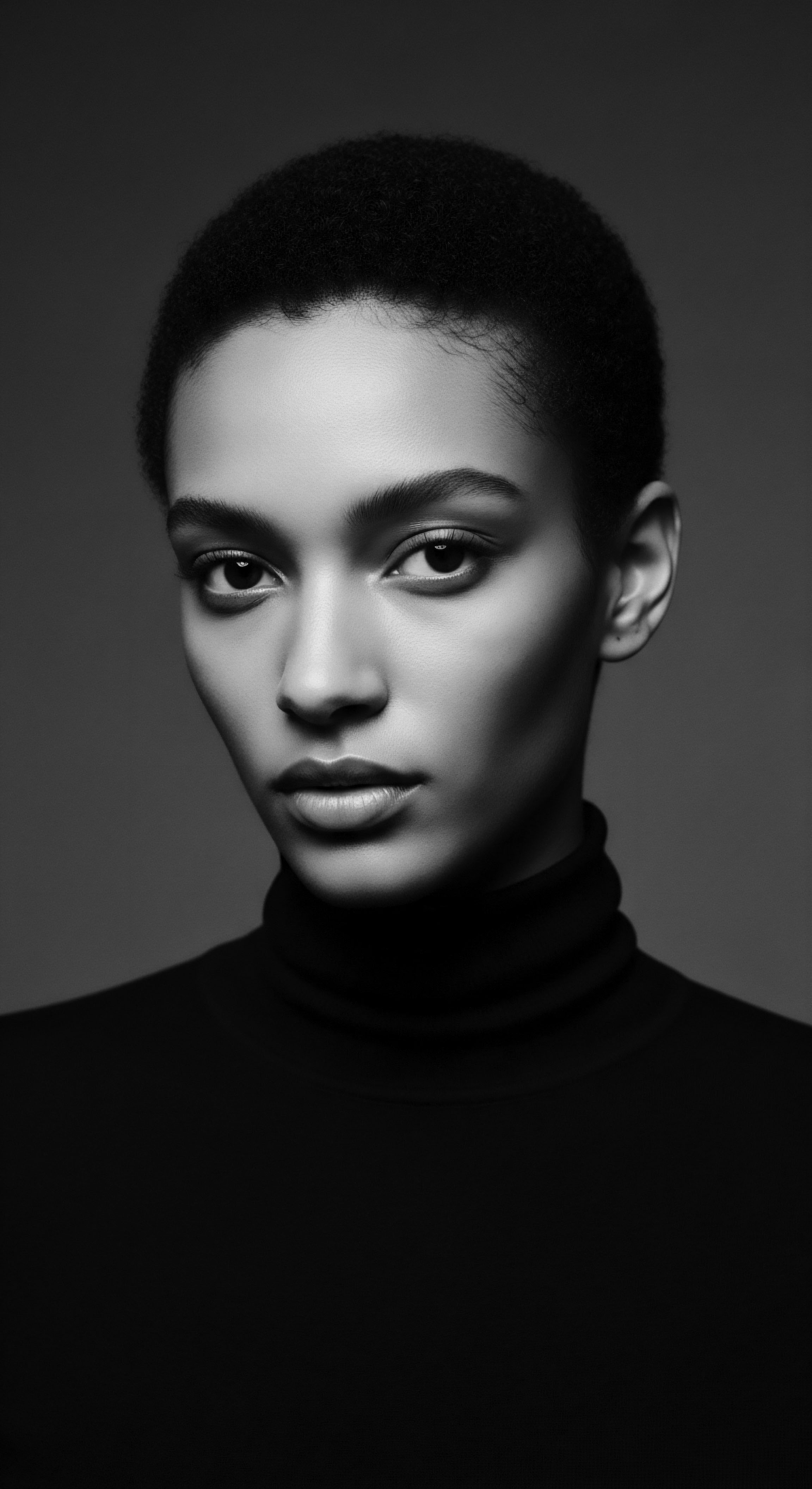
What is the Inherent Biological Design of Textured Hair?
At its core, textured hair possesses a distinct biological makeup that sets it apart. Unlike straight hair, which typically grows from round follicles, textured hair emerges from elliptical or oval-shaped follicles. This fundamental difference shapes the hair shaft itself, creating a series of bends, twists, and curls along its length. These natural curvatures mean that textured hair strands possess more points of fragility where the cuticle layers can be raised, leading to increased porosity and a propensity for moisture loss.
The helical structure also impacts how natural oils, or sebum, travel down the hair shaft; in straighter strands, sebum glides with ease, but in coily patterns, its journey is impeded, often leaving the ends drier. This intrinsic biological reality made traditional, deeply moisturizing ancestral hair care practices absolutely necessary for maintaining vitality.
Indeed, understanding this elemental biology is key to appreciating the wisdom woven into historical hair care. Communities throughout Africa knew intuitively what modern science has now confirmed ❉ that textured hair requires deep hydration and gentle handling to thrive. Their practices were not random acts, but sophisticated responses to the hair’s very nature.
They honored the hair’s inherent needs, providing the nourishment and protection that allowed it to flourish even in challenging environments. The continuity of hair growth cycles, influenced then as now by nutrition and overall well-being, further underscored the need for consistent, mindful care—a holistic approach rooted in the rhythms of daily life.
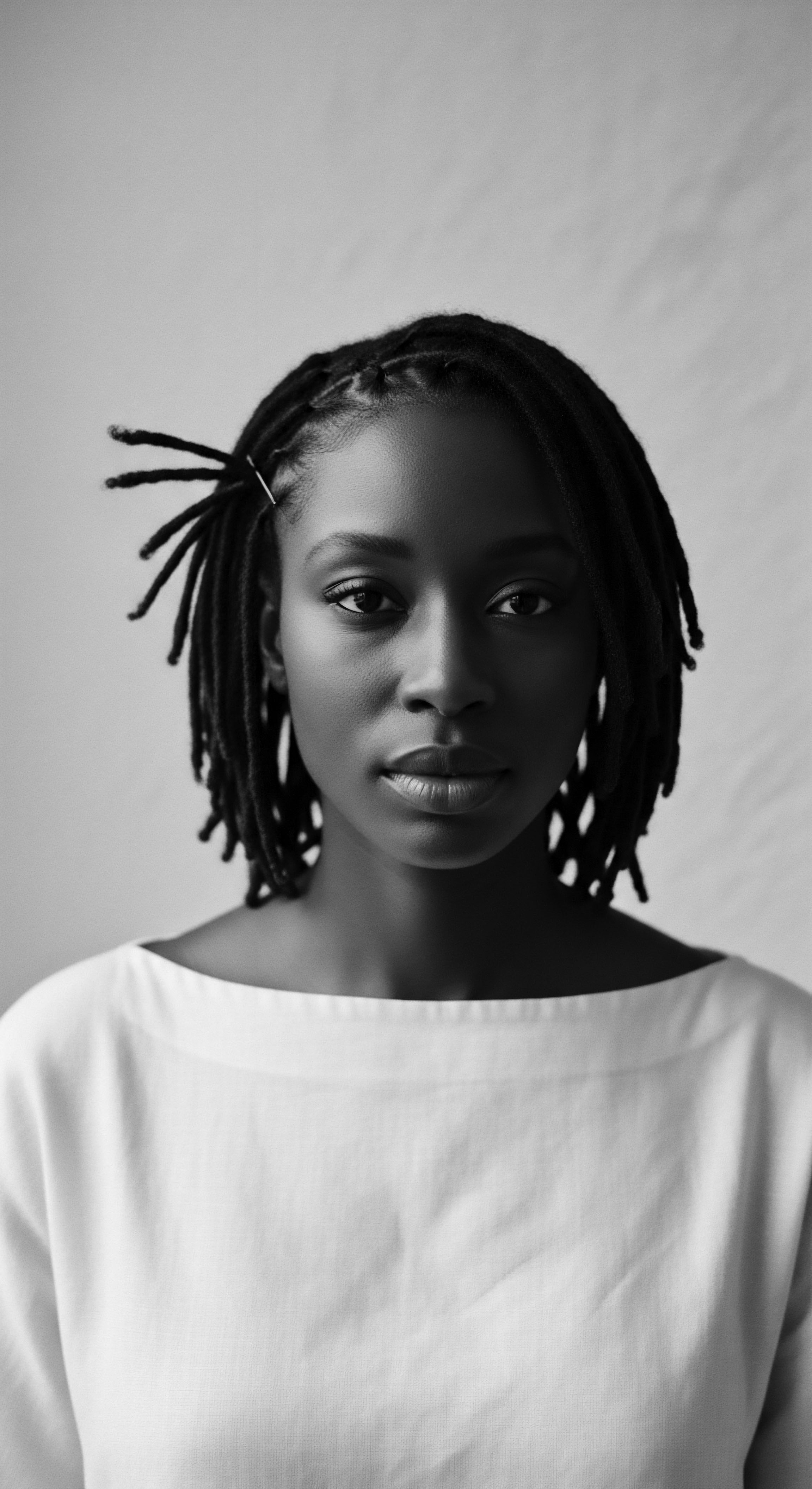
How Did Ancestral Practices Codify Textured Hair Nomenclature?
The language surrounding textured hair in ancestral societies was one of deep cultural specificity and reverence. Terms for various curl patterns, styles, and states of hair were not merely descriptive; they carried social meaning and historical weight. While modern classification systems sometimes flatten the vast spectrum of textured hair into numerical and alphabetical categories, older naming conventions spoke to lineage, ceremony, and individual journey. For instance, the intricate braided designs seen across West Africa were not simply ‘braids’ but were named for their symbolic representations, historical events, or the specific patterns they mimicked, such as farm paths or spiritual symbols.
The communal act of hair styling itself was a living glossary, passing down the nuances of each term and technique. This oral tradition served as the essential lexicon of textured hair , a heritage preserved in the hands that braided and the voices that shared stories during the styling process. The hair’s appearance might signify a person’s readiness for marriage, a period of mourning, or a rite of passage, each represented by a specific, culturally understood style or modification. This richness of vocabulary, inextricably tied to the hair’s physical form and its social function, speaks volumes about how deeply hair was intertwined with identity and community before external pressures distorted this intrinsic understanding.
The fundamental nature of textured hair, with its unique curl pattern, demanded a heritage of specific, nurturing care passed down through generations.

Ritual
With the forced migration of the transatlantic trade, the historical pressures on textured hair health became violently apparent. Enslaved Africans were stripped of their names, their languages, and their very traditions; their hair, a potent symbol of identity and community, often became a casualty of this brutal dehumanization. Slave traders frequently shaved the heads of captives, purportedly for sanitation, yet the act carried a far more insidious purpose ❉ to erase identity and sever the profound connection between the individual and their ancestral hair heritage .
Removed from their homelands, without access to traditional tools, oils, or the communal time for care, hair once meticulously maintained became matted and tangled. This imposed neglect, combined with harsh labor and inadequate nutrition, drastically compromised hair health. The subsequent imposition of Eurocentric beauty standards further intensified this pressure. Textured hair, once celebrated in its natural forms, was pathologized as “unruly,” “nappy,” or “unprofessional.”

How Did Imposed Beauty Norms Reshape Styling Heritage?
The shift from ancestral reverence to societal condemnation forced enslaved and later marginalized Black people to adapt their hair practices. Straightened hair became a means of survival, a perceived ticket to economic opportunity and social acceptance within a discriminatory society. Early methods of straightening, such as hot combs, were introduced in the 19th century, notably by figures like Madam C.J.
Walker. While initially offering a temporary alteration without harsh chemicals, the inherent heat application posed risks.
The mid-20th century saw the widespread rise of chemical relaxers, products designed to permanently alter the hair’s structure by breaking its disulfide bonds. These products, often containing lye (sodium hydroxide) or other strong alkaline agents, promised the elusive straightness favored by dominant society. Yet, this pursuit of conformity came at a significant cost to hair health . Scalp burns, hair breakage, and long-term damage to follicles became common experiences.
The emotional toll of this pressure was profound. A survey in 2023 indicated that 61% of Black respondents who used chemical straighteners did so because they “felt more beautiful with straight hair,” reflecting an internalization of harmful standards. The choice of hairstyle became a political act, a negotiation between personal identity and societal demands. This era marked a painful deviation from the protective styling encyclopedia of ancestral practices, trading health for acceptance.
The historical pivot to chemical alteration, driven by systemic dehumanization and Eurocentric beauty norms, irrevocably altered the health trajectory of textured hair.
The evolution of styling tools mirrored these pressures. While ancient combs were crafted from natural materials, designed for gentle detangling and styling, the advent of hot combs and then chemical relaxers introduced instruments and substances capable of inflicting severe damage. The transition from tools that worked with the hair’s natural form to those that sought to fundamentally change it speaks volumes about the historical forces at play. This shift also created an industry that profited from the insecurity generated by imposed beauty standards.
| Aspect of Hair Care Hair State |
| Ancestral Practice (Pre-Colonial Africa) Celebrated in diverse natural textures and styles, signifying status and identity. |
| Historical Pressure (Slavery & Post-Slavery) Dehumanized, deemed "unruly," shaved, or forced into covered, "tamed" forms. |
| Aspect of Hair Care Care Products |
| Ancestral Practice (Pre-Colonial Africa) Natural oils (shea butter, coconut), clays (rhassoul), plant-based cleansers (yucca root). |
| Historical Pressure (Slavery & Post-Slavery) Limited access; later, introduction of harsh chemical relaxers (lye) and heat styling. |
| Aspect of Hair Care Styling Intent |
| Ancestral Practice (Pre-Colonial Africa) Communal activity, cultural expression, protection from elements, conveying social information. |
| Historical Pressure (Slavery & Post-Slavery) Conformity to Eurocentric standards, perceived necessity for social/economic mobility, hiding natural texture. |
| Aspect of Hair Care Health Outcomes |
| Ancestral Practice (Pre-Colonial Africa) Maintenance of scalp health, moisture retention, strength through protective styles. |
| Historical Pressure (Slavery & Post-Slavery) Chemical burns, hair loss, breakage, scalp irritation, long-term health risks (cancers). |
| Aspect of Hair Care This table highlights the stark contrast between hair care rooted in heritage and practices imposed by historical subjugation, underlining the enduring health consequences. |
The journey of textured hair through history includes acts of profound resistance. The Black Power movement of the 1960s and 1970s saw a resurgence of natural styles, particularly the Afro, as a powerful symbol of identity and non-conformity. This was a deliberate counter-narrative, a reclamation of heritage.
While the movement brought visibility and pride, the social and professional pressures to conform often persisted. Discriminatory practices, sometimes codified in workplace policies, continued to penalize natural styles, leading to ongoing dilemmas for individuals navigating a world still clinging to Eurocentric ideals.
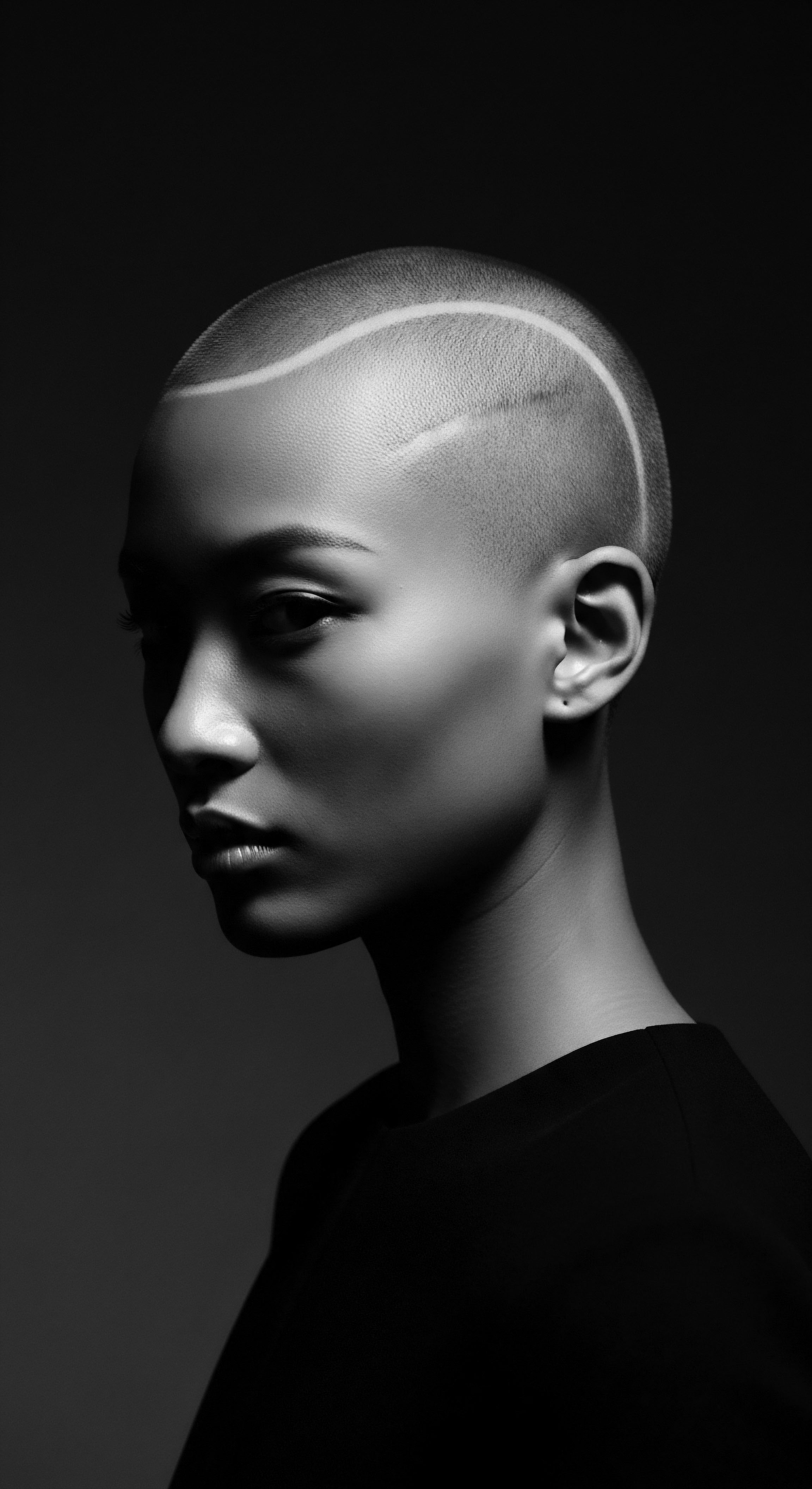
Relay
The lingering shadow of historical pressures continues to cast a long reach, affecting textured hair health in ways both visible and unseen. The physical damage from decades of chemical treatments is a well-documented sorrow, yet the psychic burden — the internalizing of harmful beauty standards and the stress of hair-based discrimination — remains a significant aspect of this heritage. Modern scientific inquiry now validates many ancestral practices while also revealing the deep harm perpetuated by enforced conformity. We are now able to connect the experiences of our forebears to contemporary health disparities, allowing a fuller appreciation of the profound journey of textured hair.
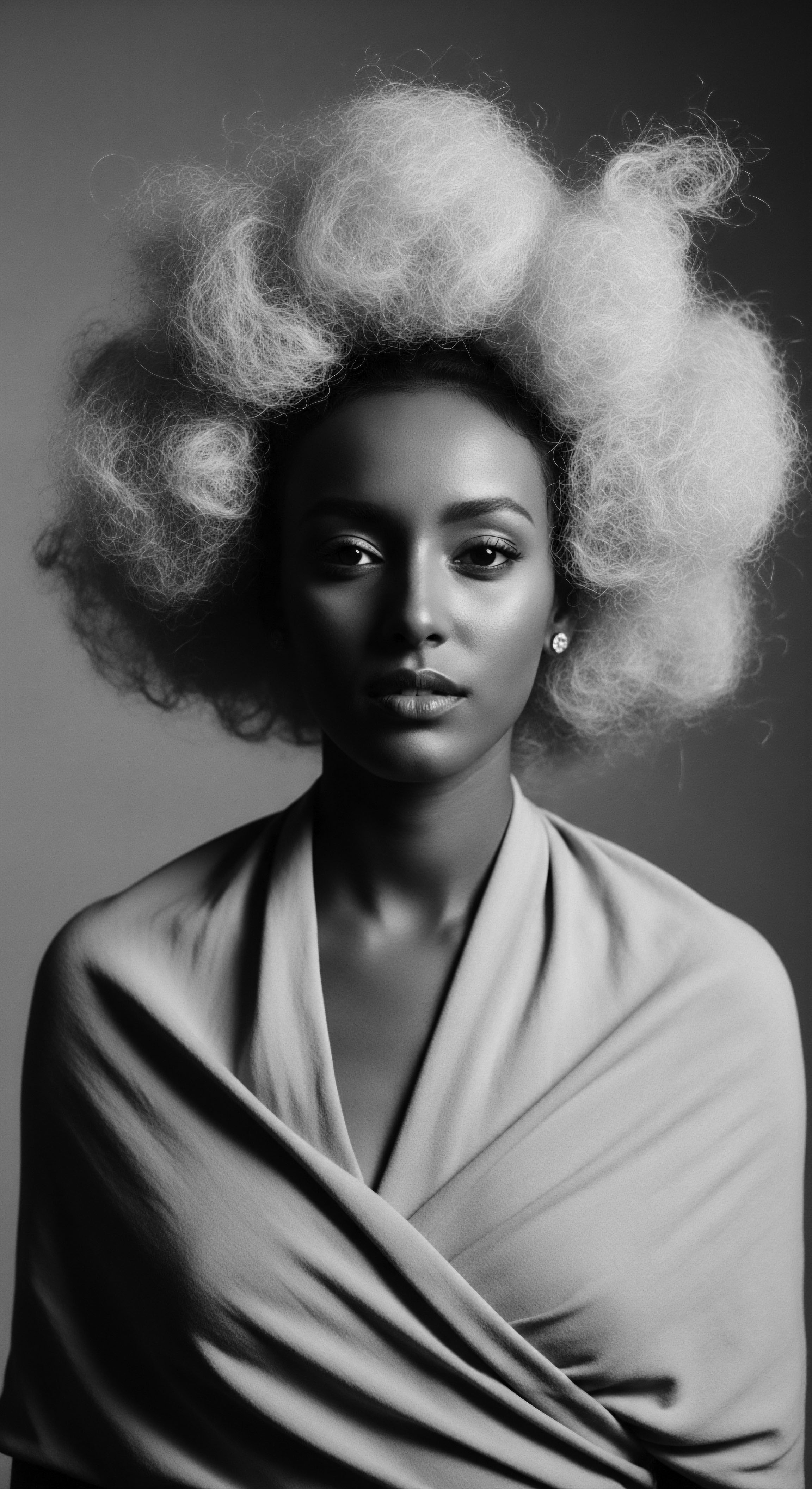
What are the Unseen Health Consequences of Assimilation Pressures?
Beyond the immediate physical damage of chemical relaxers, a growing body of research connects these products to severe, long-term health conditions. Studies have uncovered a strong correlation between the use of chemical hair relaxers and straightening products and an increased risk of uterine, endometrial, and ovarian cancers. For Black women, who report the highest rates of chemical straightener use (up to 95% of adult Black women in the U.S. having used them at some point), this is a particularly urgent concern.
Chemicals such as formaldehyde and endocrine-disrupting phthalates and parabens, commonly found in these products, are absorbed through the scalp, particularly when burns or lesions are present. These substances can mimic or interfere with the body’s hormones, leading to a cascade of health issues. A 2022 study by the U.S.
National Institutes of Health indicated that women who used hair relaxers more than four times a year faced a higher risk of uterine cancer. Other health consequences linked to these chemicals include early onset puberty, uterine fibroids, and reproductive disorders.
- Hormone Disruption ❉ Many hair relaxers contain endocrine-disrupting chemicals (EDCs) like phthalates and parabens that interfere with the body’s hormonal systems.
- Scalp Trauma ❉ The caustic nature of relaxers frequently causes burns and lesions on the scalp, creating pathways for harmful chemicals to enter the bloodstream.
- Increased Cancer Risk ❉ Repeated exposure to these chemicals has been linked to a heightened risk of uterine, ovarian, and breast cancers, particularly for Black women.
The subtle, often unspoken pressures to conform also bear a significant psychological weight. Research indicates that constant microaggressions about hair contribute to internalized racism and negative self-image among Black individuals. The expectation to have “neat” or “professional” hair, deeply rooted in colonial beauty standards, has led to chronic stress in academic and professional settings. This mental health toll is part of the concealed legacy of historical hair pressures, affecting belonging and self-worth.
The journey towards hair wellness today is a living legacy, acknowledging both the deep wisdom of ancestral care and the enduring impact of historical subjugation.
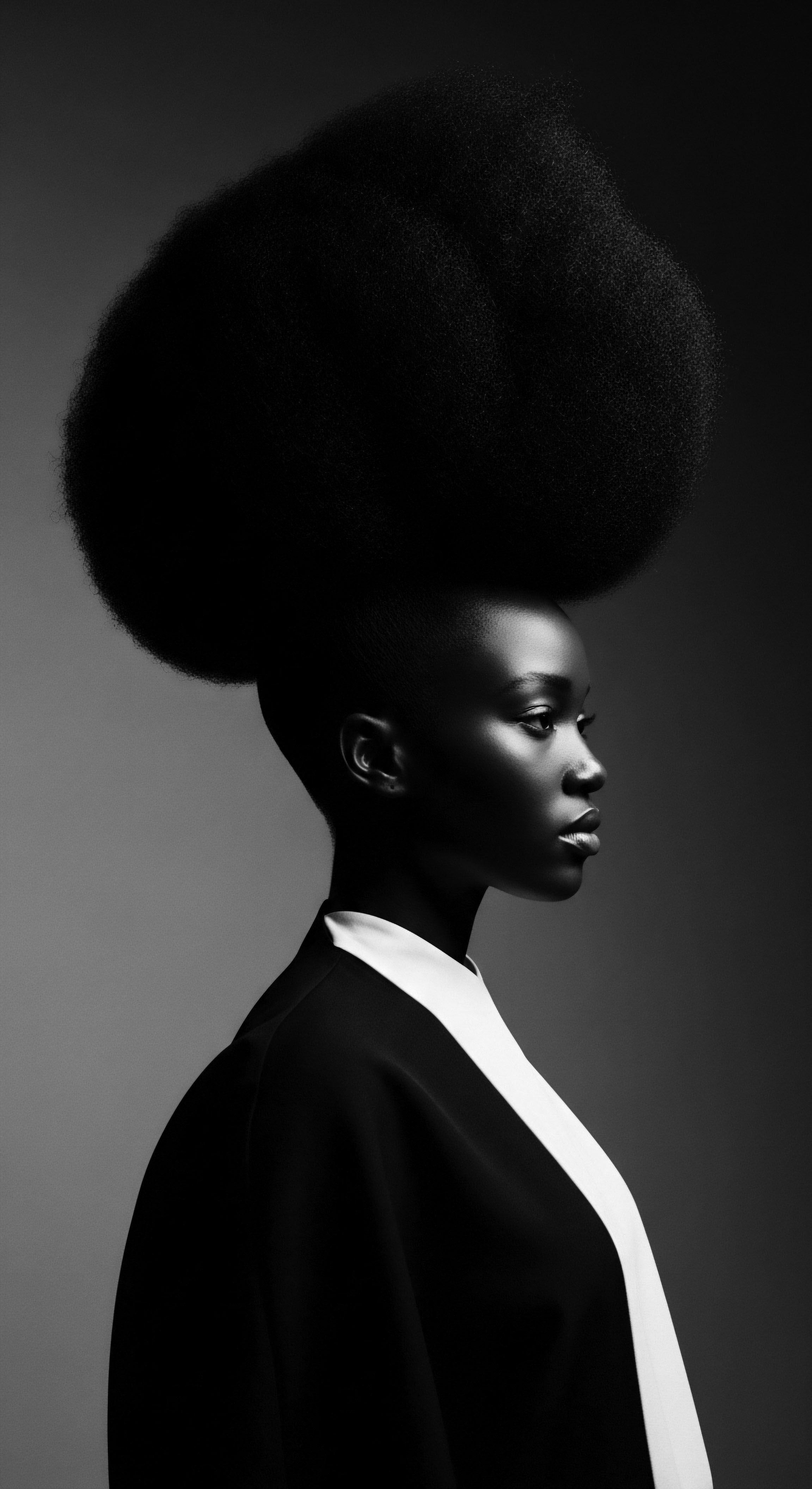
How does Ancestral Wisdom Inform Contemporary Wellness?
The profound disconnect from ancestral wisdom during periods of oppression led to a loss of knowledge regarding proper care for textured hair. Many individuals grew up without learning how to manage their natural texture, making the transition to “going natural” a confusing and time-consuming process for some. However, the natural hair movement, building on the legacy of the Civil Rights era, has spurred a rediscovery and celebration of indigenous hair practices. This contemporary movement is a powerful act of cultural reclamation, validating the inherent beauty and strength of textured hair in its myriad forms.
The ingredients revered in ancient African societies—shea butter, coconut oil, aloe vera, rhassoul clay, African black soap, and chebe powder—are now being celebrated globally for their efficacy. These natural remedies, long passed down through oral traditions, offer deep moisture, scalp health, and hair protection, precisely addressing the biological needs of textured strands. This return to natural remedies is not merely a trend; it represents a conscious reconnection to traditional ingredients relevant to hair health and a rejection of the harmful chemicals that symbolized a painful past.
- Shea Butter ❉ A staple from West Africa, known for its rich moisturizing and healing properties due to vitamins A and E and essential fatty acids.
- African Black Soap ❉ Traditionally made from plantain skins and palm oil, a gentle cleanser that purifies without stripping natural oils, maintaining scalp balance.
- Rhassoul Clay ❉ From the Atlas Mountains of Morocco, this mineral-rich clay cleanses and detoxifies the scalp and hair without harsh detergents.
The nighttime sanctuary rituals, such as wrapping hair in silk or satin, also have historical echoes. While specific historical documentation of silk bonnets among enslaved people is scarce due to conditions, the ingenuity used to protect hair from matting and tangles, even with limited resources, speaks to an inherited understanding of hair’s vulnerability. The modern bonnet is a direct descendant of the drive to preserve hair health, protecting delicate strands from friction and moisture loss during sleep, mirroring the protective instincts that survived across generations.
This holistic approach to hair health extends beyond physical care, recognizing the interplay between mental well-being, identity, and one’s hair. Understanding the historical context allows for a compassionate self-acceptance, dismantling the lingering shame associated with natural texture. It champions a future where textured hair is universally celebrated as a symbol of beauty, strength, and the enduring legacy of Black and mixed-race heritage .

Reflection
The journey of textured hair, spanning continents and centuries, is a living testament to remarkable endurance. Each curl, each coil, holds within it the whispers of ancient communal rituals and the shouts of resilience against imposed pressures. Our exploration, a deep dive into the historical forces that shaped the health of textured hair, underscores a profound reality ❉ that the story of our strands is inseparable from the larger narrative of human experience, identity, and the relentless pursuit of freedom.
The burdens placed upon textured hair throughout history—from the forced obliteration of identity during the transatlantic passage to the insidious chemical aggressions of imposed beauty standards—left indelible marks. Yet, within this history of struggle, a powerful spirit of ingenuity and steadfastness arose. The ancestral wisdom, though challenged, persisted, quietly passing down techniques and ingredients that safeguarded what remained of hair’s vitality. This collective memory, a beautiful tapestry woven from both joy and sorrow, now guides a return to practices that truly honor the hair’s inherent design.
Roothea’s ‘Soul of a Strand’ ethos recognizes this continuum. It acknowledges that healing textured hair today involves more than scientific understanding; it requires a deep reverence for the past, a celebration of inherited knowledge, and a commitment to nurturing both the physical strand and the spirit it embodies. To care for textured hair today is to engage in an act of remembrance, a vibrant conversation with our lineage. It means recognizing that every choice, from the products we select to the styles we wear, contributes to a legacy of beauty, strength, and unwavering self-acceptance.
The legacy of textured hair is not merely one of survival; it is one of vibrant rebirth. It speaks to the enduring power of heritage to inform, to heal, and to inspire a future where every strand stands as a proud affirmation of its unique and powerful story. We move forward, not forgetting the past, but allowing its lessons to illuminate a path towards a future of genuine hair wellness, rooted in profound respect and boundless admiration.
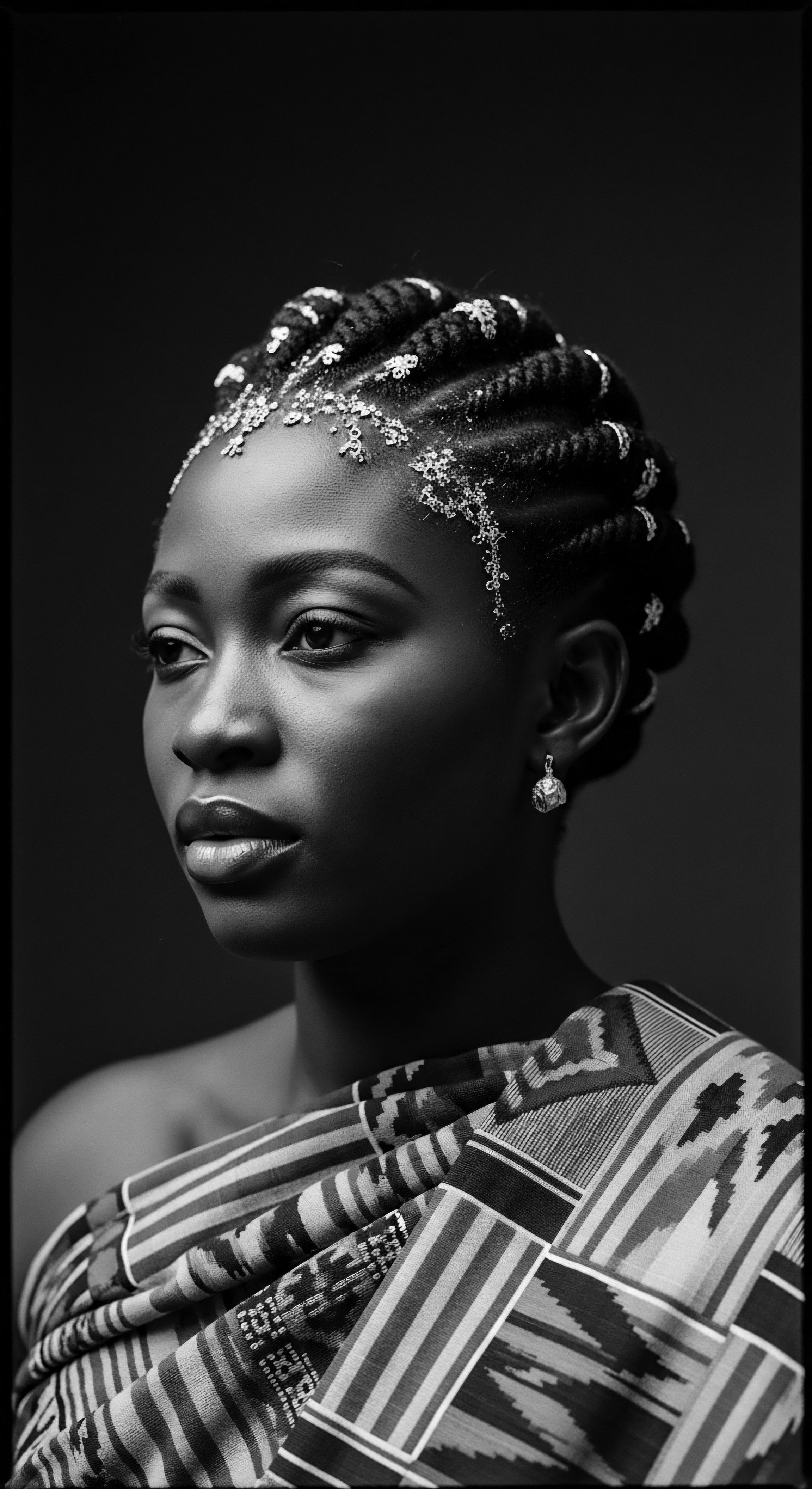
References
- Byrd, A. & Tharps, L. (2001). Hair Story ❉ Untangling the Roots of Black Hair in America. St. Martin’s Griffin.
- Ellington, T. (2012). Natural Hair. In B. J. Stovall (Ed.), Black Culture and History (pp. 123-145). Greenwood.
- Johnson, D. W. & Bankhead, T. J. (2014). From Black Hair to Black Power ❉ A Re-examination of the Politics of African American Hair in the 20th Century. Journal of Black Studies, 45(1), 80-99.
- Maharaj, C. (2025). Beyond the roots ❉ exploring the link between black hair and mental health. Research.
- Thompson, R. F. (2009). Flash of the Spirit ❉ African and Afro-American Art and Philosophy. Vintage Books.
- Yerima, H. (2017). The Imperial Aesthetic. African Theatre Review, 1(1), 5-20.
- Sims, J. P. Pirtle, W. L. & Johnson-Arnold, I. (2020). Doing hair, doing race ❉ The influence of hairstyle on racial perception across the US. Ethnic and Racial Studies, 43(15), 2636-2656.
- Hagro, S. (2011). Black Hair and European Beauty Standards. Journal of African American Studies, 15(1), 1-15.
- Vigdor, M. (2019). Georgia School Posts ‘Inappropriate’ Hairstyles for Black Students. The New York Times.
- Llanos, A. A. M. et al. (2017). Hair dye and chemical straightener use and breast cancer risk in a diverse population. Carcinogenesis, 38(10), 1017–1026.
- Stiel, L. et al. (2018). Review of hair product use and breast cancer risk. Environmental Health, 17(1), 1-10.
